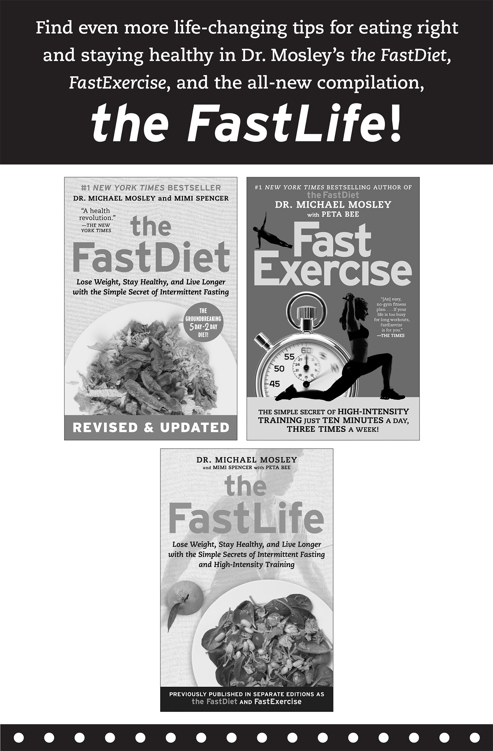Acknowledgments
This book would not have been possible without the many scientists who gave so generously of their time and their research, most notably Dr. Roy Taylor. I am also indebted to those former diabetics who shared their experiences of being on the diet. Finally, a huge thanks to Rebecca Nicolson, Aurea Carpenter, the Short Books team, and the team at Atria, for their hard work and their support through the years.
Appendix
The Different Types of Diabetes
Type 1 diabetes is also known as early onset because it typically occurs in childhood, though it can occur later in life. For various reasons the body stops producing insulin, and so type 1 diabetics have to get insulin by injection or via a pump. Although this type of diabetes is not closely linked to weight gain, keeping weight down and remaining active are still important.
Type 2 diabetes is by far the most common form (90 percent) and typically used to occur after the age of forty, though now it is starting to appear earlier and earlier. It happens when you become severely insulin resistant or your pancreas stops producing enough insulin. There are many causes, but high levels of fat in the liver and pancreas seem to be particularly important.
Gestational diabetes affects pregnant women. No one really knows why it happens, but one theory is that hormones produced during pregnancy can block insulin receptors, making some women more insulin-resistant. It is important to test for this condition because it can affect the long-term health of mother and child. Babies who are exposed to high levels of glucose in the womb are more likely to become obese and
Further Blood Measurements
A1C Test
This is also known as the glycated hemoglobin or hemoglobin A1c test. Instead of measuring a single point in time (fasting glucose), this gives an estimate of your average blood sugar levels over the past few months.
Normal range:Below 6.0 percent (42 mmol/mol)
Prediabetes:6.06.4 percent (42 to 47 mmol/mol)
Diabetic:Over 6.5 percent (42 to 47 mmol/mol)
Why is A1C important? According to Diabetes UK, People with diabetes who reduce their A1C by less than 1 percent can cut their risk of dying within 5 years by 50 percent.
The Glucose Tolerance Test
This is a measure of how well your body is able to handle a big hit of sugar. After overnight fasting you have a blood test and are given a sugary drink, then a series of blood tests over the next two hours. Initially your blood sugar will spike. At the end of two hours, however, it should have fallen back below 7.8 mmol/l. If not, you have problems.
Prediabetic (impaired glucose tolerance):7.9 to 11 mmol/l
Diabetic:Over 11.0 mmol/L
In pregnant women it is a concern if the 2-hour level is above 7.9 mmol/l because of the increased risks for the baby.
This book contains everything you need to know to do the 8-Week Blood Sugar Diet. But if you would like more information, advice, or support, please go to www.thebloodsugardiet.com.
This site is in its early days, and we would greatly appreciate feedback. We want to help build a community where people share experiences and recipes and support each other through the difficult times. It will include the latest research and up-to-date advice for professionals and dieters alike.
DR. MICHAEL MOSLEY is the #1 New York Times bestselling author, with Mimi Spencer, of the FastDiet, published in over thirty-two languages around the world. He is also coauthor, with Peta Bee, of FastExercise and wrote the foreword for the FastDiet Cookbook by Mimi Spencer and Dr. Sarah Schenker. Dr. Mosley trained to be a doctor at the Royal Free Hospital in London before joining the BBC, where he has been a science journalist, executive producer, and, more recently, a well-known television personality. He has won numerous television awards, including an RTS (Royal Television Award), and was named Medical Journalist of the Year by the British Medical Association.
MEET THE AUTHORS, WATCH VIDEOS AND MORE AT
SimonandSchuster.com
authors.simonandschuster.com/Michael-Mosley
 Facebook.com/AtriaBooks
Facebook.com/AtriaBooks
 Twitter.com/AtriaBooks
Twitter.com/AtriaBooks
Looking for more ways to stay healthy? Be sure to check our Dr. Mosley's revolutionary diet and exercise plans!
Lose weight quickly and effortlessly with this indispensible guide to living a healthier life!
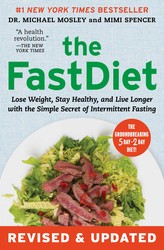
The FastDiet
You've followed the diet, now learn all the workouts to keep your body in top shape!
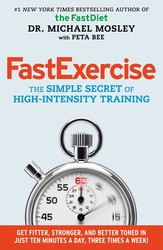
FastExercise
For the first time ever, bring home the FastDiet and the FastExercise in one comprehensive volume!
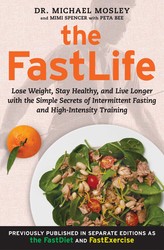
The FastLife
ORDER YOUR COPIES TODAY!

CHAPTER ONE
The Obesity Epidemic: Why Were in the State Were In
J ON HAD A SERIOUS WEIGHT problem, but so, increasingly, does the rest of the world. And this has not crept up on us gradually. People became a bit heavier in the years after World War II, but obesity took off in a spectacular fashion at the beginning of the 1980s; in a single generation it swept the globe.
The fattest people on earth now live in places like Mexico, Egypt, and Saudi Arabia. Countries like China and Vietnam, though still relatively lean, have seen the numbers of overweight adults triple in less than forty years.
Among the rich, developed countries, it is the Americans, British, and Australians who currently lead the pack, with roughly two-thirds of their population overweight. Men and women in these countries have put on an average of 18 pounds (the equivalent of a large, heavy suitcase) in the last three decades, much of it around the belly area.
Children are particularly at risk. The only type of diabetes that used to be seen in children was type 1, where the immune system mistakenly attacks the cells responsible for blood sugar control. Now many more are coming into doctors offices with type 2, which is largely due to weight and lifestyle. In the United States, a three-year-old girl who weighed 77 pounds was recently in the news as one of the youngest type 2 diabetics yet seen.
A poor diet affects not just this generation but the next. Overweight mothers are having ever larger babies, who in turn are programmed by the rich diet they get in the womb to become obese in later life.
Obesity spreads like a virus, with family and friends being a major influence on what and how much we eat and what we consider normal. Being a bit on the chubby side is socially acceptable. There are size 16 models; muffin tops and double chins can be seen everywhere. But while the celebration of curviness has been, in many ways, a desirable response to unrealistically skinny supermodels, it remains a sad fact that too much fat in the wrong places has serious consequences.

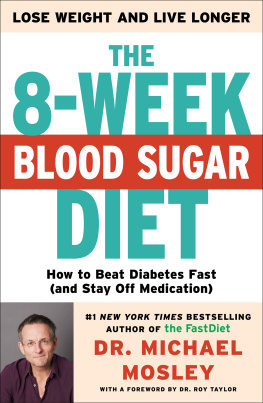
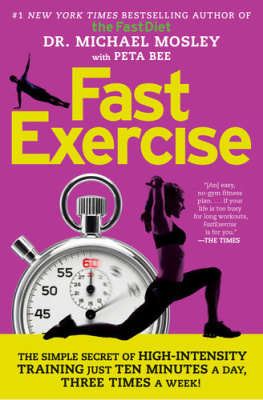
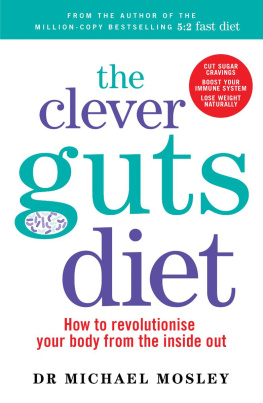
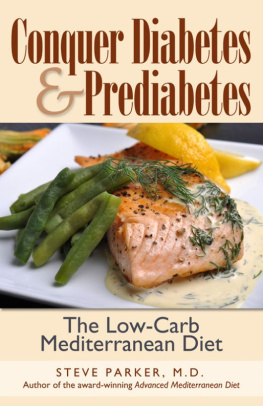

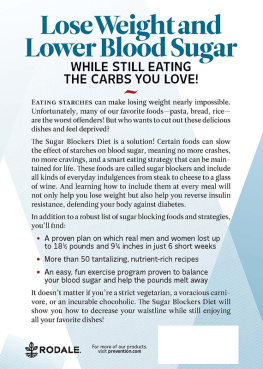

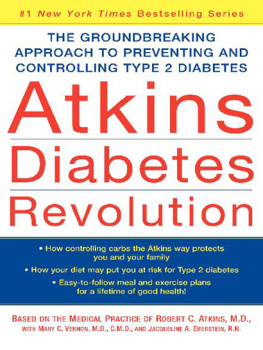
 Facebook.com/AtriaBooks
Facebook.com/AtriaBooks Twitter.com/AtriaBooks
Twitter.com/AtriaBooks